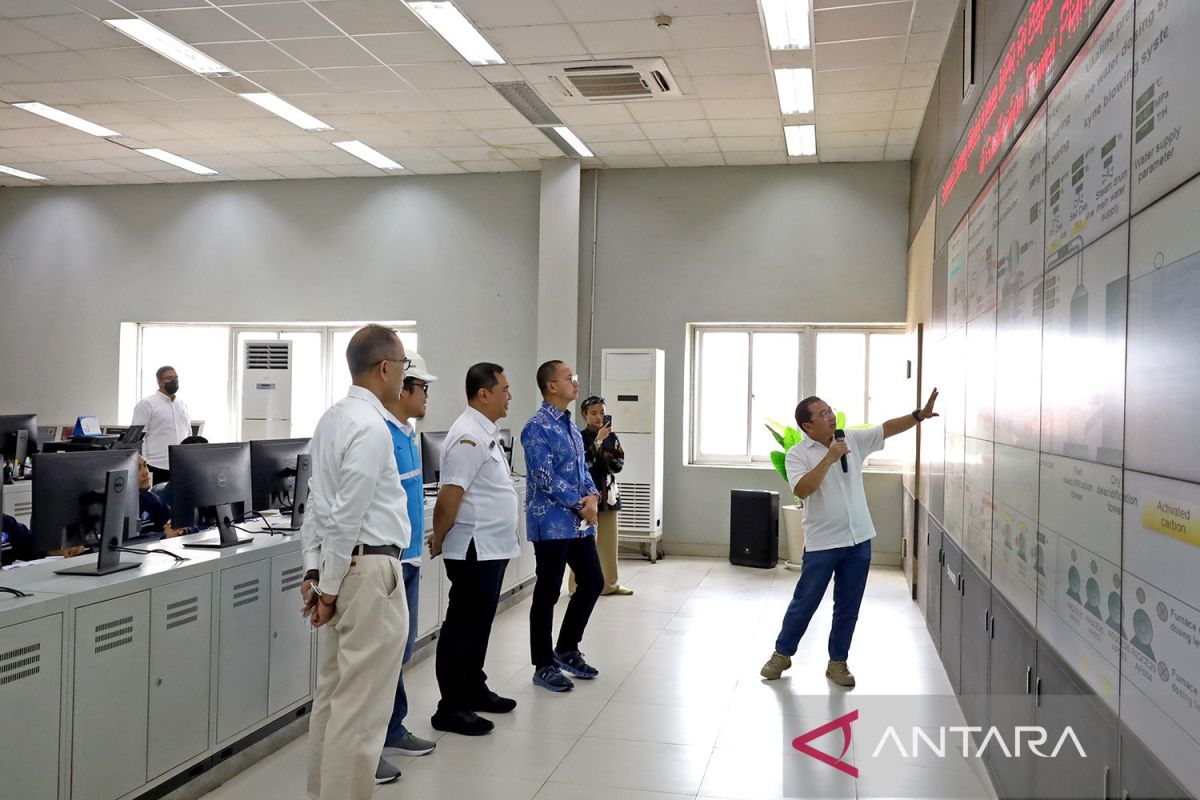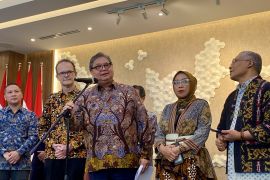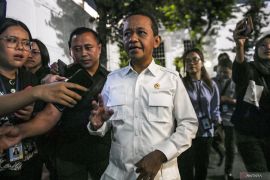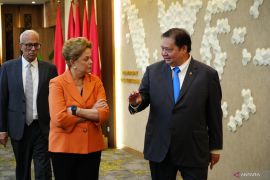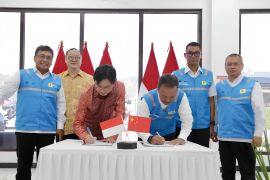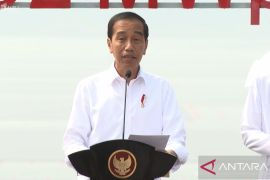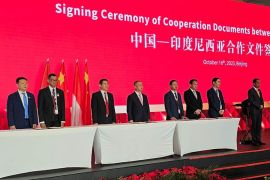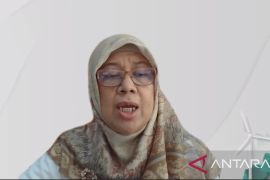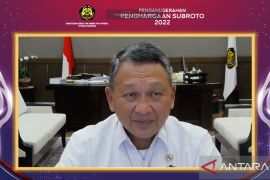Jakarta (ANTARA) - Energy self-sufficiency is one of the programs initiated by President Prabowo Subianto’s administration to reduce energy dependence on other countries, especially amid global geopolitical uncertainties.
In responding to this, the government has implemented various measures, including harnessing existing potential, such as by transforming waste into clean and sustainable energy.
Improper household and industrial waste management can lead to a persistent national problem. Currently, the volume of waste continues to grow daily.
Hence, a viable solution is needed to solve the waste problem and utilize waste to provide economic benefits while producing new and renewable energy (NRE).
Current technological advancements enable the generation of cleaner and more sustainable new energy, including by processing waste into energy through a Waste Power Plant (PLTSa).
The government pays serious attention to the PLTSa potential and targets processing the waste produced by the community into electricity and fuel oil in 30 major cities in Indonesia by 2029.
This PLTSa is expected to contribute 20 megawatts of electricity in each city.
Acceleration through Presidential Regulation
The acceleration of waste utilization for energy generation is expected to address waste management challenges in regions, supported by new regulations on electrification.
To this end, the government is currently integrating three Presidential Regulations related to waste management to support efforts to convert waste into electrical energy through PLTSa.
The three regulations in question are Presidential Regulation Number 97 of 2017 concerning national policies and strategies for managing household waste and household-like waste, Presidential Regulation Number 35 of 2018 concerning the acceleration of the development of waste processing installations into electrical energy based on environmentally friendly technology, and Presidential Regulation Number 83 of 2018 concerning waste management in the sea.
In the future, the regulation will encompass various licensing pathways for waste processing and set the electricity cost scheme for PLTSa at 19.20 cents per kilowatt-hour (kWh), higher than PLN's tariff of 13.5 cents per kWh for PLTSa electricity purchases. The tariff difference is planned to be subsidized by the Ministry of Finance.
The merger of these three Presidential Regulations was also expedited to streamline waste processing into electrical energy, ensuring smoother implementation without confusion.
So far, regulations governing waste management licensing have long been regarded as overly complex, requiring permits to pass through multiple ministries, institutions and other related agencies.
Coordinating Minister for Food, Zulkifli Hasan, assessed that the current licensing procedures have caused investors to withdraw the proposal and hindered the continuation of the waste processing system.
He then decided to merge the three Presidential Regulations, hoping to simplify the regulatory framework and expedite the licensing process.
Later, the permit to process waste into electrical energy will only need approval from the Ministry of Energy and Mineral Resources (ESDM) and will be directly forwarded to the state-owned electricity company, PT PLN.
Simplified regulations and adjustments to electricity rates for PLTSa projects aim to attract greater private investment in waste processing initiatives.
In addition, through the Government and Business Entity Cooperation (KPBU) scheme, the waste management project is expected to run effectively without placing excessive strain on the state budget.
Attracting Private Investors
Several developed nations, including Singapore, China, Japan, and various European countries, have successfully converted waste into energy.
Simplifying regulations/deregulation for licensing and adjusting tariffs is an effort to attract investors in terms of funding and technology.
This deregulation is deemed necessary as complex licensing processes and institutional requirements can make investors withdraw their offer, despite the promising business potential.
Chief Investment Officer (CIO) of Daya Anagata Nusantara (Danantara), Pandu Sjahrir, stated that this business model can achieve capital recovery in just 5-6 years, based on comparisons with developed countries.
As an Investment Management Agency, Danantara also plays an important role in selecting investors to ensure the adoption of appropriate technologies that will not hinder the transformation process.
Investors entering Indonesia for this sector are expected to have experience in waste management on a fairly large scale.
Several countries, such as Singapore, South Korea, Japan, China, and several European nations, have expressed interest in investing but are still awaiting regulatory updates.
Currently, Indonesia has two waste management sites: the Benowo Landfill Site (TPA) in Surabaya, East Java, and the Bantar Gebang Integrated Waste Processing Site (TPST) in Bekasi, West Java.
The presence of these two sites is expected to serve as an inspiration for other cities to emulate, as the key to becoming a smart city lies in having a modern waste management facility.
In the future, waste processing will not be limited to generating electrical energy but will also include producing fuel oil through pyrolysis technology. The government is optimistic that this NRE can be achieved with the right technology.
Hence, it is important to accelerate the implementation of the Presidential Regulation on converting waste into energy, which is also supported by new regulations on electrification. The rapid increase in waste volume, along with the rate of population growth, means the realization of PLTSa cannot be postponed.
Related news: Indonesian government pushes for more waste-to-energy plants
Related news: RI Govt unveils waste-to-energy strategy to combat waste issues
Translator: Maria Cicilia G P, Resinta Sulistiyandari
Editor: Primayanti
Copyright © ANTARA 2025
